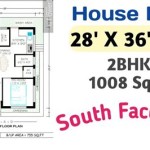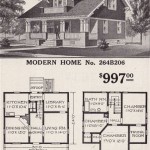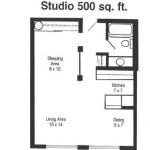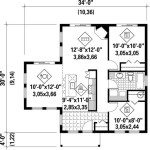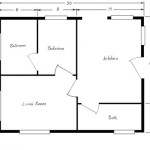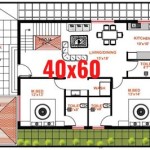Building Your Dream Home: A Guide to Creating Custom Floor Plans
Building a home is a significant undertaking, demanding meticulous planning and attention to detail. A crucial step in this journey is crafting the perfect floor plan. A well-designed floor plan serves as the blueprint for your dream home, dictating the layout, flow, and functionality of every room. While hiring an architect or designer is an option, many individuals embrace the empowering experience of building their own floor plan. This article guides you through the process, offering practical steps and valuable insights to create the ideal floor plan for your unique needs and preferences.
1. Conceptualizing Your Vision
The foundation of a successful floor plan lies in a clear vision of your ideal home. Take time to brainstorm and visualize your desired lifestyle. Consider your family size, current and future needs, and how you anticipate using each space. Do you entertain frequently? Do you require a dedicated home office? What are your preferences for open floor plans versus more traditional layouts? Answering these questions will provide a roadmap for the design decisions that follow.
Visual aids can be incredibly helpful in this phase. Sketch out your dream home, highlighting the desired placement of rooms, windows, doorways, and other key features. Consider incorporating simple diagrams or even pictures of rooms you love to solidify your vision. These initial sketches will serve as starting points for the more detailed floor plan that you will create.
2. Leveraging Online Floor Plan Tools
The digital age has revolutionized floor plan design. A plethora of online tools are available to empower homeowners, offering user-friendly interfaces and a range of features to guide the process. These tools often provide templates, pre-designed rooms, and drag-and-drop functionality, simplifying the task of arranging elements. Some popular platforms include:
- Floorplanner: Provides a free option with basic features and paid subscriptions for advanced capabilities.
- SmartDraw: Offers a wide array of templates for various floor plan types, including homes, offices, and gardens.
- RoomSketcher: Features a user-friendly interface with straightforward design tools and integration with 3D visualization.
These platforms allow you to explore various layouts, experiment with different room arrangements, and even visualize the final product in 3D. This interactive experience enhances your understanding of the design process and empowers you to make informed decisions.
3. Incorporating Essential Design Considerations
Once you have a basic floor plan concept, it's time to consider practical design elements that contribute to a functional and aesthetically pleasing home. Here are some key aspects to address:
- Traffic Flow: Consider the natural flow of movement within the house. Plan for smooth transitions between rooms, avoiding bottlenecks and awkward pathways.
- Natural Light: Maximize natural light by strategically positioning windows and doors. Ensure a balance of light and shade throughout the day.
- Privacy: Design for privacy by considering the placement of bedrooms, bathrooms, and other private spaces. Ensure these areas are not directly visible from common areas.
- Storage: Think about your storage needs and incorporate ample closet space, built-in shelves, and other storage solutions.
Pay attention to local building codes and regulations when designing your floor plan. Consult with your local building department to ensure your design complies with code requirements for things like room sizes, electrical outlets, and fire safety.
4. Refining and Finalizing the Plan
Your initial floor plan will likely evolve as you explore different options and incorporate feedback. Take time to review, refine, and adjust your design, ensuring it aligns with your needs and vision. Consult with family members or friends for their perspectives, as they may offer valuable insights you may have overlooked.
Once you are satisfied with your floor plan, consider professional input. A contractor or architect can review your design, providing feedback on its feasibility and potential modifications. They can also help identify potential issues and suggest solutions to optimize the flow and functionality of your home. This review can ensure a smoother construction process and a final product that meets your expectations.
Building your own floor plan is a fulfilling and rewarding experience. By following these steps, you can lay the foundation for a home that reflects your unique personality and lifestyle. Remember that this process is iterative, allowing for adjustments and refinements as you progress. With careful planning and attention to detail, you will create a floor plan that serves as a blueprint for a home you will love and cherish for years to come.

Design Your Own Floor Plan With Our Free Interactive Planner Wayne Homes

Make Your Own Floor Plans

Design Your Own Floor Plan With Our Free Interactive Planner Wayne Homes

Make Your Own Blueprint How To Draw Floor Plans

Easy To Build Houses And Floor Plans Houseplans Blog Com

Design Your Own Home House Designing Homes

Blueprint Maker Free App

Designing My Own House

Make Your Own Blueprint How To Draw Floor Plans Drawing House Sketch Plan Blueprints

Floor Plans Solution Conceptdraw Com

